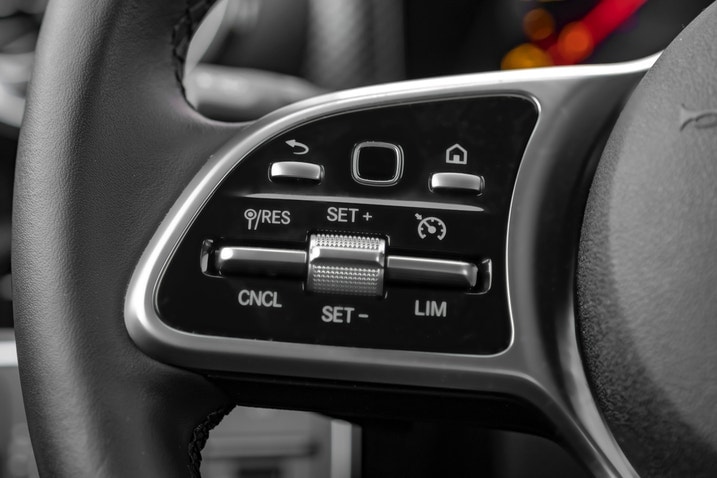Photo: Marin Tomas | Moment via Getty Images
Cruise control is a vehicle feature that allows drivers to maintain a given speed on the highway without having to keep their foot on the accelerator pedal. This feature helps reduce fatigue, especially on long highway trips, by lessening muscle strain in your right leg. The vehicle will also be more fuel-efficient when using cruise control in specific scenarios. You're also less likely to get pulled over when using cruise control since you can set it exactly at the speed limit and not worry about accidentally going faster.
How to use cruise control
There is typically a button on the steering wheel to engage cruise control, set your speed, adjust your speed, or turn it off. Cruise control buttons from most automakers are usually depicted by a speedometer logo or labeled “cruise.” Some vehicles, like the previous-generation Toyota 4Runner and Tacoma, have cruise control stalks on their steering columns.

